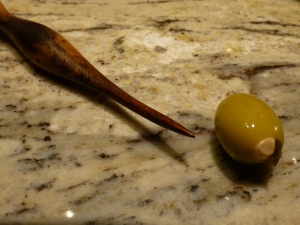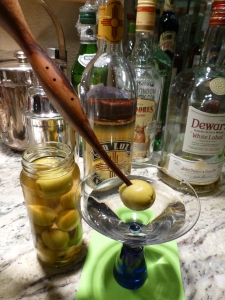Design can be so simple and be so exquisite. Yet sometimes what appears to be simple is extraordinarily complex. Take my recent blog about nature and fallen aspen leaves…simple. Yet the complexity of the leaf itself and its fingerprint-like structure and the complexity of the changing seasons and the stages of the growth of the leaf and its ultimate passing onto the ground amidst others,.,.it is a most complex, detailed lifecycle/design.
Fast forward…Planning a cocktail party takes a lot of attention to detail/design. You plan the food and the containers in which you are going to serve it. You make it and/or order it out. You plan some hors d’ oeuvres and their little platters. You get some flowers and count your glasses. You plan your table settings and other ancillary things like candles and cocktail napkins. Then you gather your beverages and make a dessert. Coffee in a pot or individual al la carte in the Kurig? Have enough cups and saucers or do we use mugs and if so—who wants cream and sugar and where will they put their spoons? Back to the cocktail napkins—with coffee mugs too? Down now to the cutting of the lemons and limes and last but not least, the olives. 
Have you ever used an olive picker? Do you know what an olive picker is? How do YOU extract olives from their traditionally tall narrow jar (before we bought them in bulk, wide-mouthed jars from warehouse stores) into a bowl for the bar from which you will garnish drinks? VOILA –an olive picker. Hand-crafted of exotic woods and shaped as artists often say based upon how the raw material speaks to them. Like a stone carver who walks around and around a massive boulder prior to even considering the ultimate subject of the piece. It might be a crouched cougar or it might be seagull devouring a crab on the beach…walking around the stone allows the artists to let the stone speak. He sees the form and studies the possibilities until the moment strikes and the message is clear. It is what it is and cannot be anything else.
The same can be said of the woodcarver who studies a massive piece of wood, the enormous appendage, if not trunk of a tree, and practices the same studious evaluation to allow the wood to “speak” to him of its intended purpose—of its timeless statement or interpretation.
Ok, this is a bit more than the woodcarver experiences when he holds a raw piece of wood in his palm and intends to make an olive picker. But the principle is similar in that the artists all participate with the raw material that they intend to modify to express their talent and ultimate intended form of the material. This artist is considering and intending a utensil at the outset. He holds the wood in his hands and allows the form to guide his hands to follow the contour as he caresses and carves the form in a fashion that is suggested by the raw piece itself. It becomes a smooth crafted interpretation of the original form. The results reveal the unique characteristics and properties, form and shape, of elegant, hand-crafted, natural wood olive picks. 
Behold beauty and design in nature and nature modified. Beauty in seemingly simple things and yet quite masterful. Cheers – we’re ready…will that be an olive in your martini or a twist of citrus? 
This is my favorite olive picker by artist Fritz Wood in Bozeman Montana! My mother and I were at an art show several years ago and came upon this guy with these gorgeous, sensuous wooden utensils and among the spoons and spreaders were these curious tools—olive picks! I bought this one for my husband who enjoys jalapeno and/or garlic stuffed olives in his gin.

